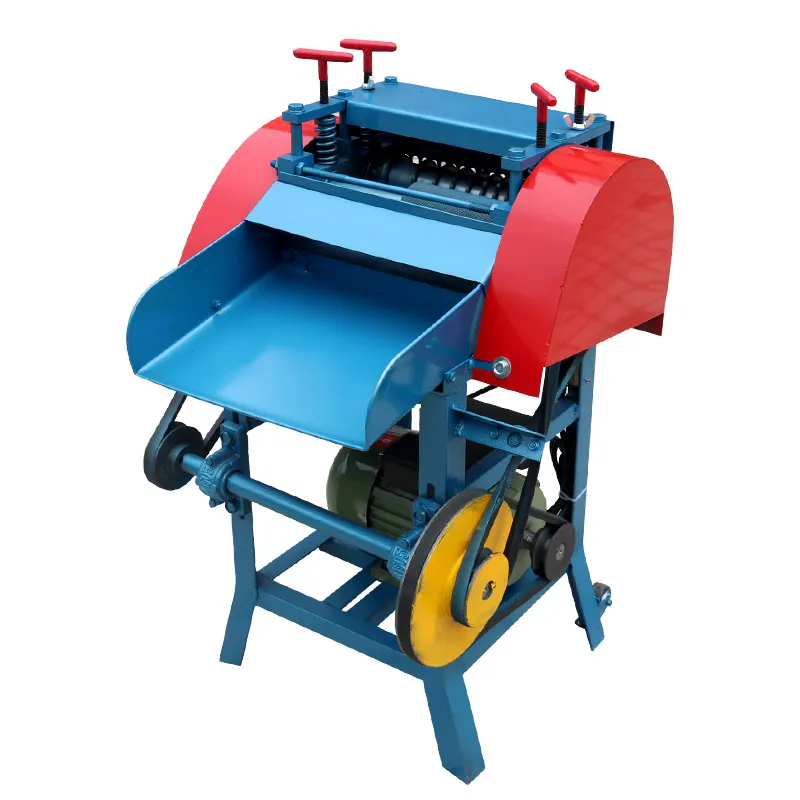Aluminium eddy currents have revolutionized the way industries approach product development and quality assurance. As a cornerstone in nondestructive testing, this technology offers a unique blend of precision and efficiency that is unparalleled in the field of material inspection.

Experience with aluminium eddy currents demonstrates that its application extends across numerous industries, showcasing its versatility and reliability. In aerospace, for instance, the need for thorough inspection of components is critical. Aircraft components must withstand extreme conditions and stress; therefore, ensuring their integrity is non-negotiable. Eddy current testing steps in as a hero, providing high-sensitivity detection of surface and near-surface defects. This ability to detect cracks and imperfections without altering the material saves time and resources while ensuring safety—a paramount concern in aviation.
In the manufacturing domain, aluminium eddy currents enhance the quality of products significantly. Manufacturers frequently deal with a high throughput of items requiring meticulous quality control. Eddy current testing is adept at inspecting large batches swiftly, without compromising on accuracy, which is vital for maintaining consistency across products. It is not just confined to quality checks; this method also aids in the development phase by enabling engineers and product designers to test prototypes in real-time, allowing for immediate modifications and improvements.

From an expertise standpoint, mastering the use of aluminium eddy current testing requires a thorough understanding of both the theoretical and practical aspects of the process. This method relies on electromagnetic induction to identify anomalies in conductive materials. Professionals skilled in this technique are able to interpret complex data and patterns to make informed decisions about the material's quality. Training in this field often involves both rigorous academic coursework and hands-on practice, which ensures that practitioners can handle sophisticated testing equipment and accurately assess the results across diverse scenarios.
aluminium eddy current
Demonstrating authoritativeness, numerous international standards and certifications have acknowledged aluminium eddy current testing, underscoring its credibility and efficacy. Organizations such as ASTM International have set forth standards that guide the application of eddy current testing, ensuring its consistency and reliability across different contexts. Adherence to such standards is critical for professionals who aim to establish trust and authority in the field, as it reflects a commitment to quality and industry benchmarks.
Trustworthiness of aluminium eddy current testing lies in its non-intrusive nature and proven track record. Since it is a nondestructive technique, it respects the integrity of the material while providing comprehensive insight into its condition. Numerous case studies and industry testimonials have highlighted the positive impact of adopting this method, especially in sectors where material failure could lead to catastrophic consequences. As such, companies utilizing aluminium eddy currents not only enhance their product offerings but also build confidence in their processes among stakeholders.
In conclusion, aluminium eddy current testing stands out as a pivotal tool that bridges the gap between efficiency, accuracy, and reliability in product development and quality assurance. It draws on extensive experience, specialized expertise, international recognition, and a trustworthy methodology that resonates across various high-stakes industries. As demand grows for high-quality, defect-free products, aluminium eddy currents are set to play an even more critical role in elevating standards and supporting innovation.


